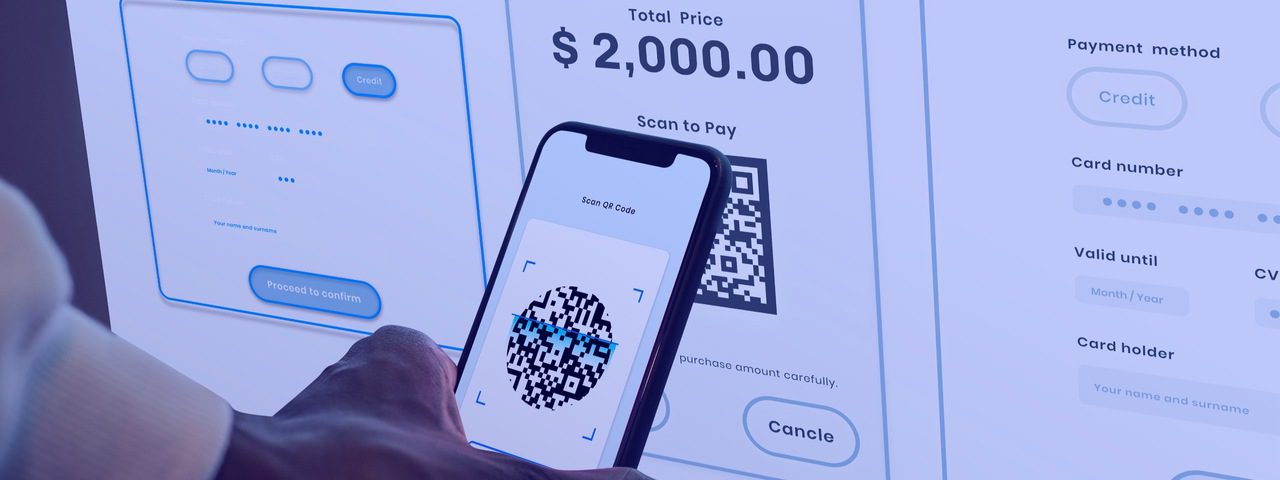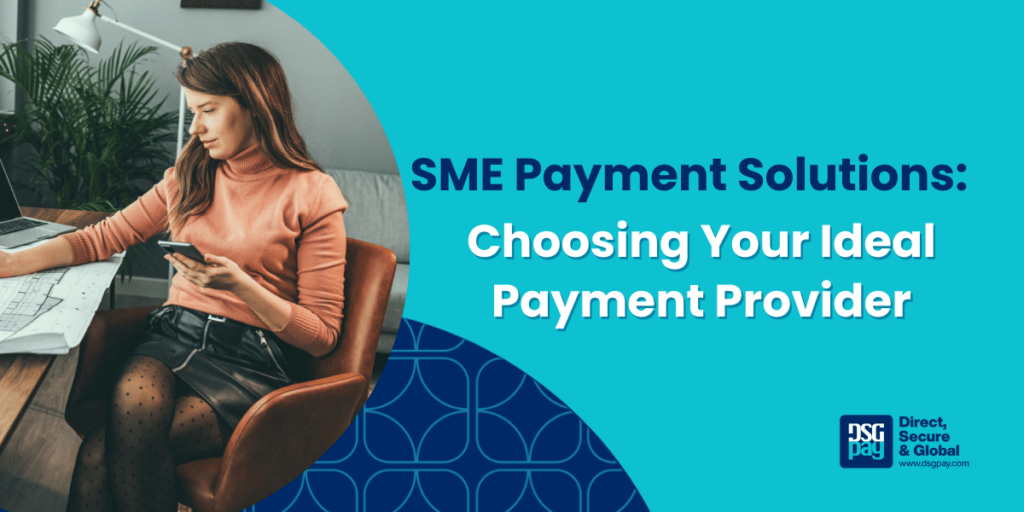Understanding the mechanics of virtual payments is crucial for anyone navigating the world of online commerce. The virtual payment process may seem instantaneous when you hit ‘buy now.’ Still, the underlying mechanics involve a complex, secure system designed to protect your sensitive data and ensure a smooth transaction process. Let’s delve into the intricate world of virtual payments and illuminate how these online transactions function.
The Mechanics of a Virtual Payment
A virtual payment is a financial transaction conducted over the Internet. It involves the transfer of funds from the buyer’s account to the seller’s account in exchange for goods or services. With the rise of eCommerce, the prominence and use of virtual payments have skyrocketed, making them an essential component of the global economy.

How Does a Virtual Payment Work?
The virtual payment process comprises several steps involving various entities to ensure secure and effective transactions. Here’s a simple breakdown of how a typical virtual payment is processed when you make a purchase online:
Step 1: Transaction Initiation
The process begins when you, as a customer, select a product or service to purchase online. You browse through an online store or marketplace, adding items to your cart. Once you are ready to make a purchase, you proceed to the checkout page. Here, you input your payment details, such as credit or debit card information, or choose an alternative payment method like a digital wallet. This step is crucial as it initiates the virtual payment process and sets the transaction in motion.
Step 2: Data Encryption
For security purposes, your payment information is encrypted to protect your sensitive data as it travels through cyberspace. Encryption converts your payment details into a secure code that is unreadable without the proper decryption key. This ensures that your information remains confidential and protected from potential cyber threats. The encrypted data is then sent to a payment gateway, a service that authorizes credit card or direct payment processing for businesses. The payment gateway acts as a secure intermediary between the customer and the merchant, ensuring that your payment information is handled safely.
Step 3: Transaction Forwarding
The payment gateway forwards the encrypted transaction data to the payment processor associated with the merchant’s acquiring bank. The acquiring bank is the financial institution that manages the merchant’s account and processes the payment on their behalf. The payment processor plays a pivotal role in this step, acting as a bridge between the payment gateway and the acquiring bank. It ensures that the transaction details are accurately and securely transmitted to the appropriate financial entity for further processing.
Step 4: Request Authorisation
The payment processor sends the transaction details to your card-issuing bank, requesting authorization for the payment. The card-issuing bank is the financial institution that provides you with your credit or debit card. At this stage, the bank verifies the transaction details, such as the card number, expiration date, and security code, to ensure they are valid. The bank also checks if you have sufficient funds or credit limit to cover the purchase amount. This verification process helps prevent fraudulent transactions and ensures that only authorized payments are processed.
Step 5: Transaction Authorisation
Your card-issuing bank either approves or declines the payment based on various factors, such as your available balance, credit limit, and transaction history. If the bank approves the transaction, it sends an authorization code back to the payment processor, confirming that the payment can proceed. If the bank declines the transaction, it provides a reason for the denial, such as insufficient funds or suspected fraud. The response is then sent back to the payment processor, which relays the information to the payment gateway and ultimately to the merchant’s website or app.
Step 6: Transaction Completion
If your bank approves the payment, the payment processor sends the authorization response back to the merchant via the payment gateway. This response signals the completion of the transaction, allowing the merchant to proceed with fulfilling your order. You may receive a confirmation message or email indicating that your payment was successful and your order is being processed. The merchant can then prepare your items for shipping or provide access to the digital products or services you purchased.
Step 7: Settlement
The final step is the settlement process, where funds are transferred from your account to the merchant’s account. The settlement process typically takes a few business days to complete. During this period, the acquiring bank transfers the authorized funds to the merchant’s account minus any processing fees. This step ensures that the merchant receives the payment for the goods or services provided, and the transaction is officially recorded. The settlement process is crucial for maintaining the flow of funds within the virtual payment system, ensuring that all parties involved are compensated appropriately.
The Evolution and Importance of Virtual Payments
In the fast-paced world of online commerce, understanding the intricacies of virtual payments is imperative. These transactions, although complex, have become increasingly user-friendly and secure, providing consumers with peace of mind. As technologies evolve, so will the mechanisms behind virtual payments.

Enhancing Your Virtual Payments Experience
Whether you are a business owner seeking to offer seamless virtual payment options or a consumer looking to understand the journey your money takes during an online purchase, gaining insight into the virtual payment process is highly beneficial.
At DSGPay, we are committed to keeping you informed about the rapidly changing landscape of online commerce and helping you make the most of your virtual payment transactions. Reach out to our team today to learn how we can transform your business.



